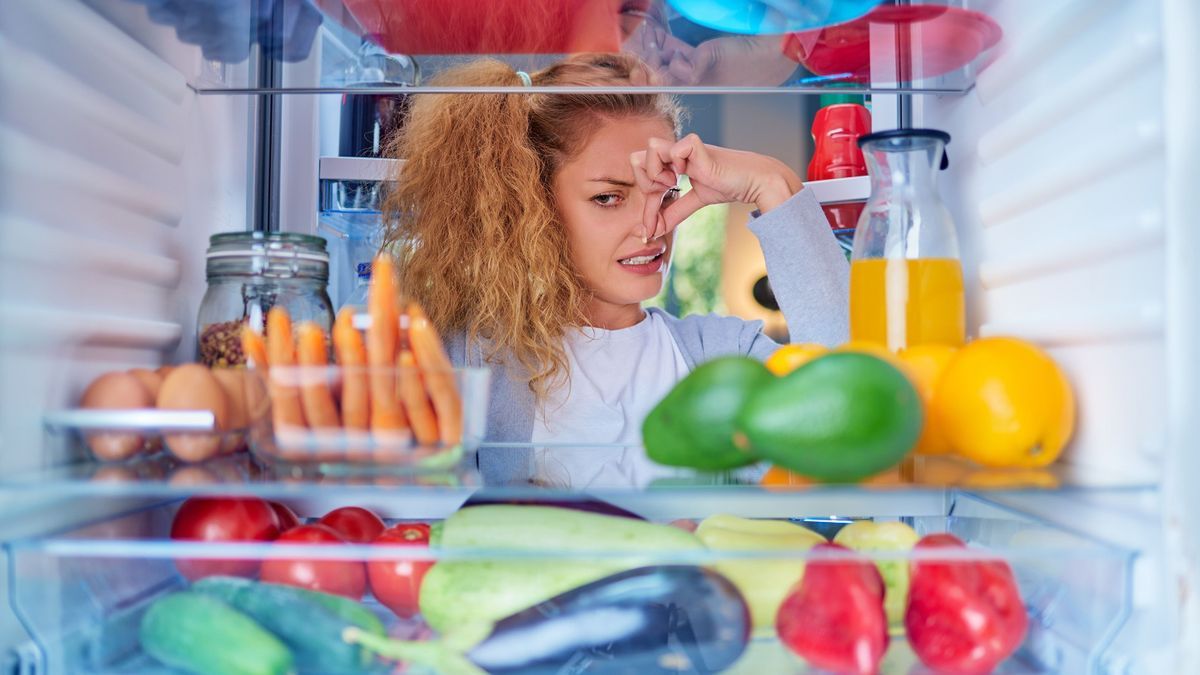
An Israeli start-up has developed new technology aided by artificial intelligence to detect the presence of dangerous bacteria in food. Deployed on a large scale, it could help reduce the risk of food poisoning. And more.
Sensifi has succeeded in developing a kind of artificial nose, which uses different chemical sensors capable of identifying volatile compounds emitted by pathogenic bacteria present in food, such as salmonella, listeria and E. coli, including at very low concentrations. When compounds a priori emitted by these types of bacteria are detected, an alert is sent to a computer responsible for analyzing this data in order to identify precisely what it is.
For the moment, this technology is only at an embryonic stage, but its applications could be numerous, starting in the food industry. It could in fact detect the presence of dangerous bacteria in the food storage, manufacturing and distribution chain. As a reminder, salmonella is a bacteria present in raw or undercooked foods, such as poultry, eggs and dairy products. For its part, listeria is sometimes found in cold meats, seafood, cheese or vegetables. Same for E. coli. Such a device could help reduce the risk of food poisoning in the population.
In absolute terms, this process could also be extended to the medical field, with the possibility, ultimately, of identifying bacteria responsible for nosocomial, blood or urinary tract infections, but also pneumonia, etc. This would allow doctors to treat infections more quickly and effectively.
At a city level, this type of technology could one day be adapted to monitoring air and water quality.

